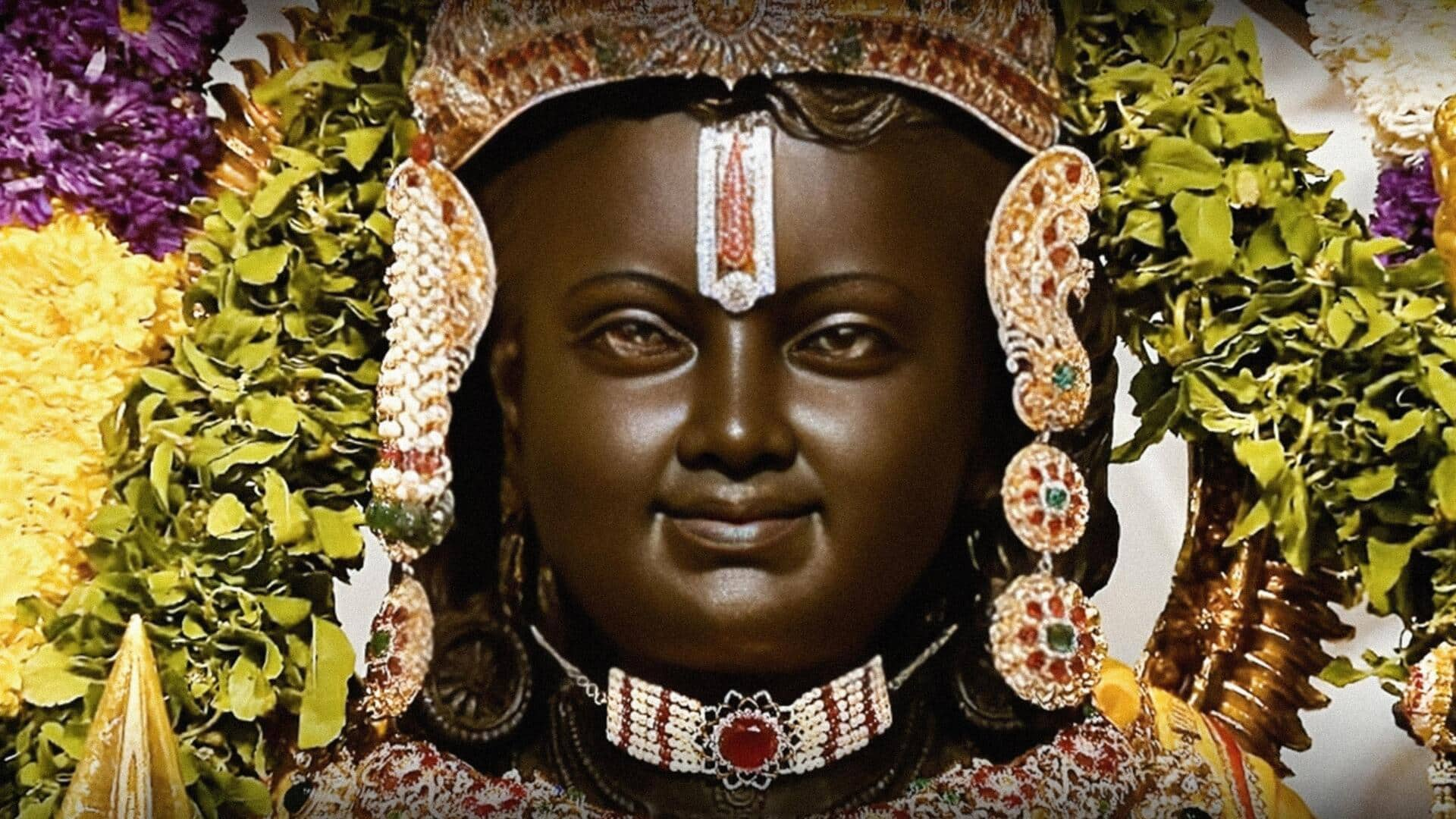
Explained: 'Suryatilak' to illuminate Ram Lalla idol on Ram Navami
What's the story
Those visiting Ayodhya's Ram Mandir would be able to witness the first-ever "suryatilak" of the Ram Lalla idol on this year's Ram Navami. On that specific day, sunlight would be allowed to fall in such a way that it creates a "divine" tilak on the forehead of the idol. A team of experts from the Central Building Research Institute (CBRI) and scientists from Bengaluru's Indian Institute of Astrophysics have collaborated to make this spectacle possible through an innovative optomechanical system.
Technological innovation
Optomechanical system to direct sunlight on idol
The optomechanical system, installed on the temple's ground floor, is designed to accurately direct sunlight onto Lord Ram's forehead. This unique event, known as "suryatilak," involves capturing and redirecting sunlight using an array of optical devices. "This is a perfect example of careful engineering and application of optical science, which also symbolizes the divine connection between the heavens and the earth," Champat Rai, general secretary of the Ram Temple trust said. The process is scheduled for noon on April 17.
Optical device
Fabry-Perot cavity: The key to the 'Suryatilak'
The optomechanical setup includes a Fabry-Perot cavity, where one mirror is movable. This device, created by French physicists Charles Fabry and Alfred Perot in 1897, is designed to optimize an optical system's response to changes in the frequency or wavelength of an input laser. It will guide sunlight to illuminate Lord Ram's forehead precisely at noon on Ram Navami, creating a 75-millimeter circular glow for four minutes.
Schedule change
'Suryatilak' event advanced due to saints' requests
Originally, the "suryatilak" was planned to commence after the completion of the temple construction in January. However, following requests from saints and seers, CBRI scientists agreed to arrange for suryatilak on the first Ram Navami in the newly built temple complex. Anil Mishra, a member of the temple trust, revealed that a group of scientists and experts have been working since Sunday night on this project.
Team effort
Scientists and experts work tirelessly on 'suryatilak' project
The experts strategically placed markers for mirror and device installation after determining the distance between the Ram Lalla idol's forehead and the sanctum sanctorum's ground. In the coming days, experiments will be conducted to find optimal locations for these devices. "The only requirement for achieving the desired results is clear weather at that time," shared a volunteer from the trust.
Astronomical planning
Lunar calendar consulted for 'Suryatilak' event
To design the first "suryatilak," astrophysicists also consulted the lunar calendar, as the date of Ram Navami varies each year. They recorded dates that repeat every 19 years to study star positions on those days. This information was used to design an optomechanical system that strategically positions mirrors, lenses, pipes, and other components. The aim is to ensure the "suryatilak" can occur annually on Ram Navami with precision.